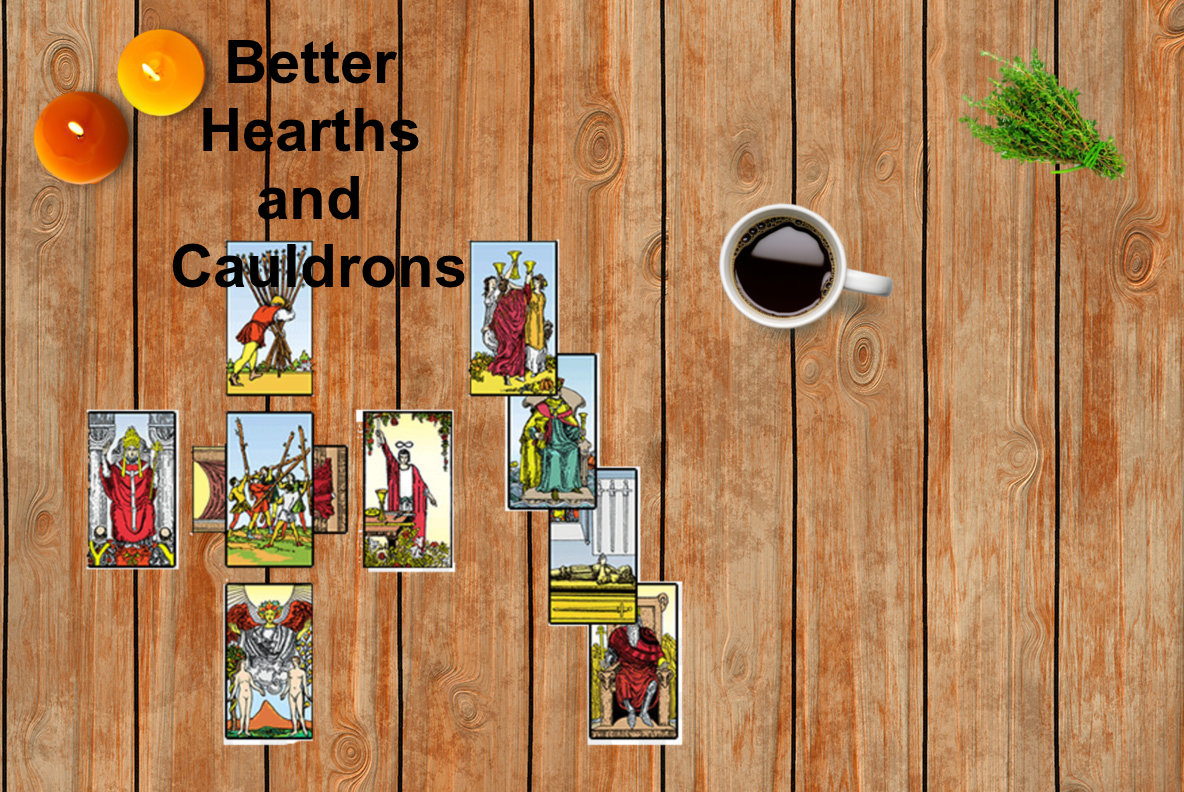It's that time again! October is my favorite month. Samhain is my favorite Sabbat, and I shall be making some posts about recipes and lore for the eve of the Celtic new year, the night when the veil between the worlds is the thinnest. However, right now, I am thinking about November. November 2, to be precise. In Mexico this day is called El Dia de los Muertos - the Day of the Dead. Many of you may already be familiar with this holiday.
For those of you who may not be familiar with it, I will give you a very quick rundown. This holiday actually begins at midnight on October 31, and lasts until November 2. At this special time of the year, people visit the graves of their loved ones who have passed on. The graves are cleaned, fresh flowers and candles are placed there, and the family stays to visit, pray, sing, and feast. People make brightly colored calaveras (skulls) out of sugar.
The souls of the deceased are presented with their favorite dishes. An ofrenda may be set up with flowers, candles, special foods, the deceased person's favorite beverages, photos, etc. The life of the dead person is celebrated. It is believed that the candles will light that person's way back to their family so they may partake in the feast that has been laid out in their honor.
Pan de Muerto, or Bread of the Dead, is present at many celebrations. The bread dough can be used to form skulls and/or bones, and a miniature (non-meltable) skeleton can even be concealed inside.
For more information on el Dia de los Muertos, visit http://www.mexonline.com/daydead.htm
Receta para Pan de Muerto
Ingredients:
1/2 cup butter
1/2 cup milk
1/2 cup water
5 to 5-1/2 cups flour
2 packages dry yeast
1 teaspoon salt
1 tablespoon whole anise seed
1/2 cup sugar
4 eggs
In a saucepan over medium flame, heat the butter, milk and water until very warm but not boiling.
Meanwhile, measure out 1-1/2 cups flour and set the rest aside. In a large mixing bowl, combine the 1-1/2 cups flour, yeast, salt, anise seed and sugar. Beat in the warm liquid until well combined. Add the eggs and beat in another 1 cup of flour. Continue adding more flour until dough is soft but not sticky. Knead on lightly floured board for ten minutes until smooth and elastic.
Lightly grease a bowl and place dough in it, cover with plastic wrap and let rise in warm place until doubled in bulk, about 1-1/2 hours. Punch the dough down and shape into loaves resembling skulls, skeletons or round loaves with "bones" placed ornamentally around the top. Let these loaves rise for 1 hour.
Bake in a preheated 350 F degree oven for 40 minutes. Remove from oven and paint on glaze.
Glaze
1/2 cup sugar
1/3 cup fresh orange juice
2 tablespoons grated orange zest
Bring to a boil for 2 minutes, then apply to bread with a pastry brush.
If desired, sprinkle on colored sugar while glaze is still damp.
It is interesting to note that anise seeds are also present in Easter Bread. Anise seeds are from the pimpinella family. This family, which includes dill, parsley, and cumin, is used as food by some species of butterfly. Butterflies are a symbol of change, of resurrection. Hm....
I first made Pan de Muerto when I was in high school. I personally do not care for the taste of anise seeds. I still include them, but I don't use quite as much as the recipe states.
